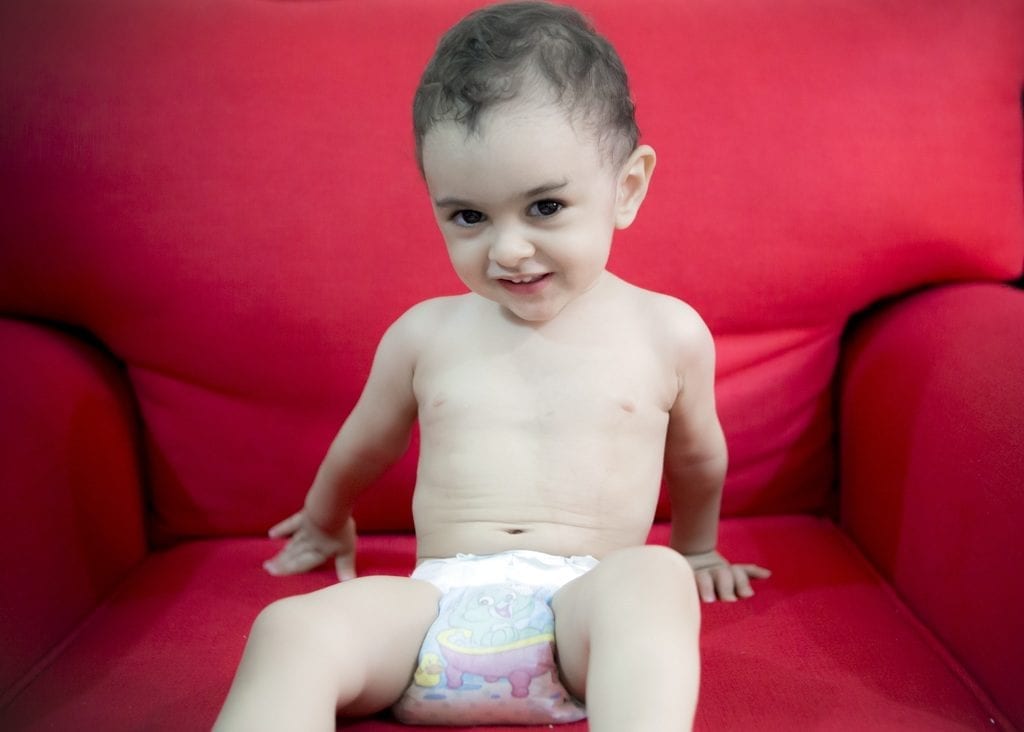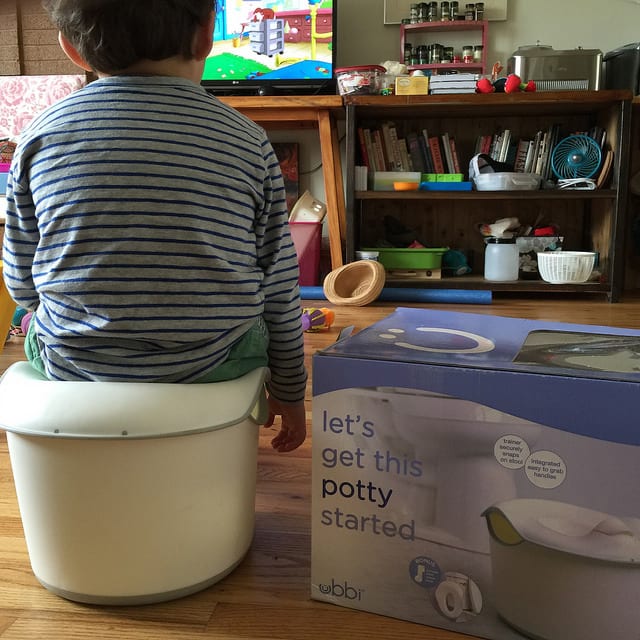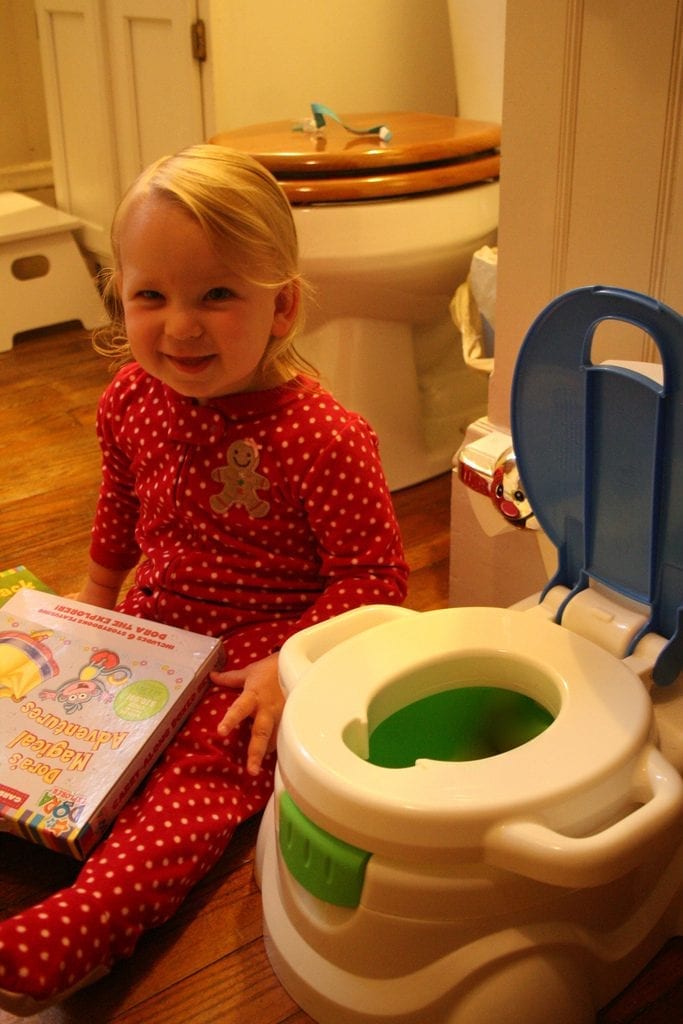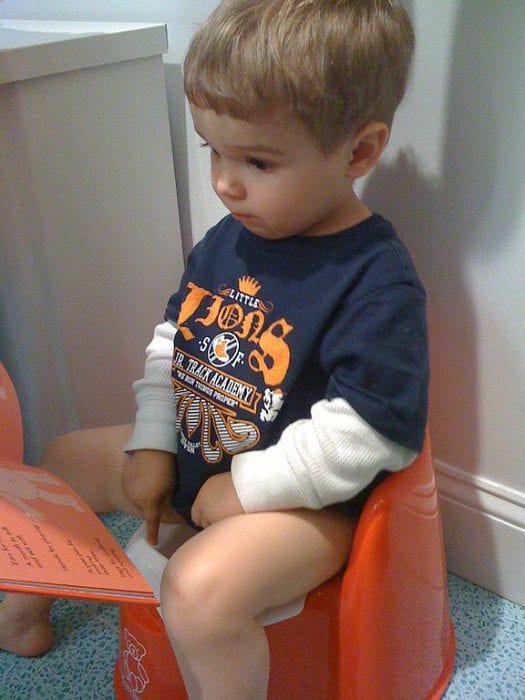While potty training (also called elimination communication) for your baby looks like a very challenging hurdle at the start, doctors have a word of comfort to parents. You don’t need to stress so much because eventually, your baby will get on the potty and find ways to do their thing correctly. You merely need to guide your baby through the entire potty training process and be very patient with them as they go along. True enough, infant potty training need not be that tedious. On the contrary, there can be ways to make it fun and exciting, especially when you finally achieve success. Read more and learn some tips on effectively toilet training your baby.

Here are ten unique steps in getting your baby ready for the potty:
Pick A Loo With Cool Designs
Depending on the favorite cartoon characters of your baby, pick from a wide array of potty chairs with varying designs – like princesses, teddy bears, and even superheroes. This makes it more attractive for your baby.
Put Target Stickers On The Toilet
For little boys, one can place washable stickers in the toilet, which can help them with proper target practice. One can also choose a potty that looks like a toilet with a convenient tissue dispenser or wet wipes in teaching your baby about appropriate hygiene.

Amaze A Child With Potty Magic
One of the tips, according to the American Academy of Pediatrics, is to put blue coloring inside the potty chair so that when your baby pees, they can magically turn the color in the toilet from blue to green. This color change could help train your baby to always pee in the potty instead of elsewhere.
Encourage To Wear Disposable Underwear
Just as a safe choice, let your baby wear potty-training underwear in the meantime. When the disposable training pants are worn, your child learns that it feels like regular big kid underwear that can be removed in one motion. In case of any unfortunate instance, one can quickly dispose of it.
Try To Use Real Underwear
When shopping in the mall, show your baby what real underwear looks like and what cool designs are available. Encourage and challenge them by saying that only kids who successfully use the potty can wear those cool undies.
Track Your Child’s Progress Through Games
Use a lot of cute charts that come with printable stickers for your baby to mark a job well done every single time they successfully use the potty seat. Have a colorful decal on the seat which can be marked for progress while toilet training.

Have Fun With Some Music
For babies who are still more attracted by sounds and music, one can also make a potty song and teach it to the kid. One can also pick one that has a feature that plays music when filled with pee. It would make it task less annoying for your kid.
Start To Use Their Toys
There are many toys that help in getting your baby ready for the potty. These plush dolls have removable clothes and come with potties. During potty breaks, your baby can learn when to pee in the potty and how to do it properly. Introducing the idea of training during play is a good idea.
Train With Books And Other Resources
In addition to infant toys, there are also available books that explain the proper way of using the potty. For example, one book features Elmo as he explains to his young friend how to go to the chair when they need to pee.

Reward Your Child For Toilet Training Milestones
Complement their progress tracking in a few weeks with rewards for your child’s achievements. Maybe if your child completes 4 out of 7 potty tasks, he can get chocolate, ice cream, or a new toy. This would make them more excited to use it correctly. In time one will have a child ready for using the toilet. No more dirty diapers!
Aside from these, there are a lot of fun and exciting steps to train your child. Bring out your hidden creative juices and have an excellent potty time with the big kid!
Frequently Asked Questions (FAQs)
What Is The Typical Age To Start Your Child’s Elimination Communication?
The typical age to start elimination communication is around 27 months old, with many children showing readiness between 18 months and 3 years of age. Look for signs like fewer wet diapers to judge the right time for this transition.
When To Start Toilet Training Girls?
Start potty training your girl between two and three years old, which is generally considered the average age for training. However, some start as young as 18 months, observing their child for any sign of readiness. Read further here.
What Is The Hardest Part Of Toilet Training?
The hardest part is often the transition period where the child learns to recognize their body’s signals and use the bathroom instead of going in their diapers, which can sometimes conflict with naps and nighttime sleep.
What Is Peaceful Potty Training?
Last Updated on May 13, 2023 by Bernadine Racoma
DISCLAIMER (IMPORTANT): This information (including all text, images, audio, or other formats on FamilyHype.com) is not intended to be a substitute for informed professional advice, diagnosis, endorsement or treatment. You should not take any action or avoid taking action without consulting a qualified professional. Always seek the advice of your physician or other qualified health provider with any questions about medical conditions. Do not disregard professional medical advice or delay seeking advice or treatment because of something you have read here a FamilyHype.com.